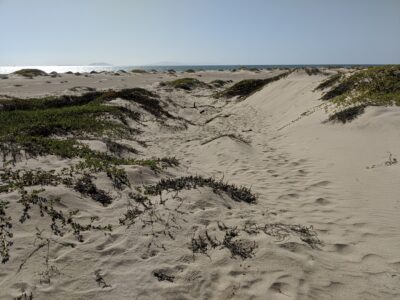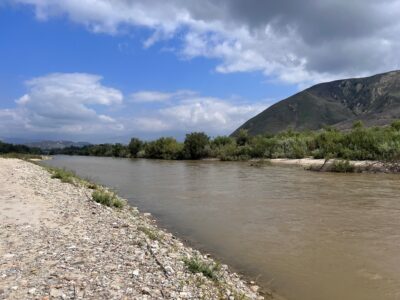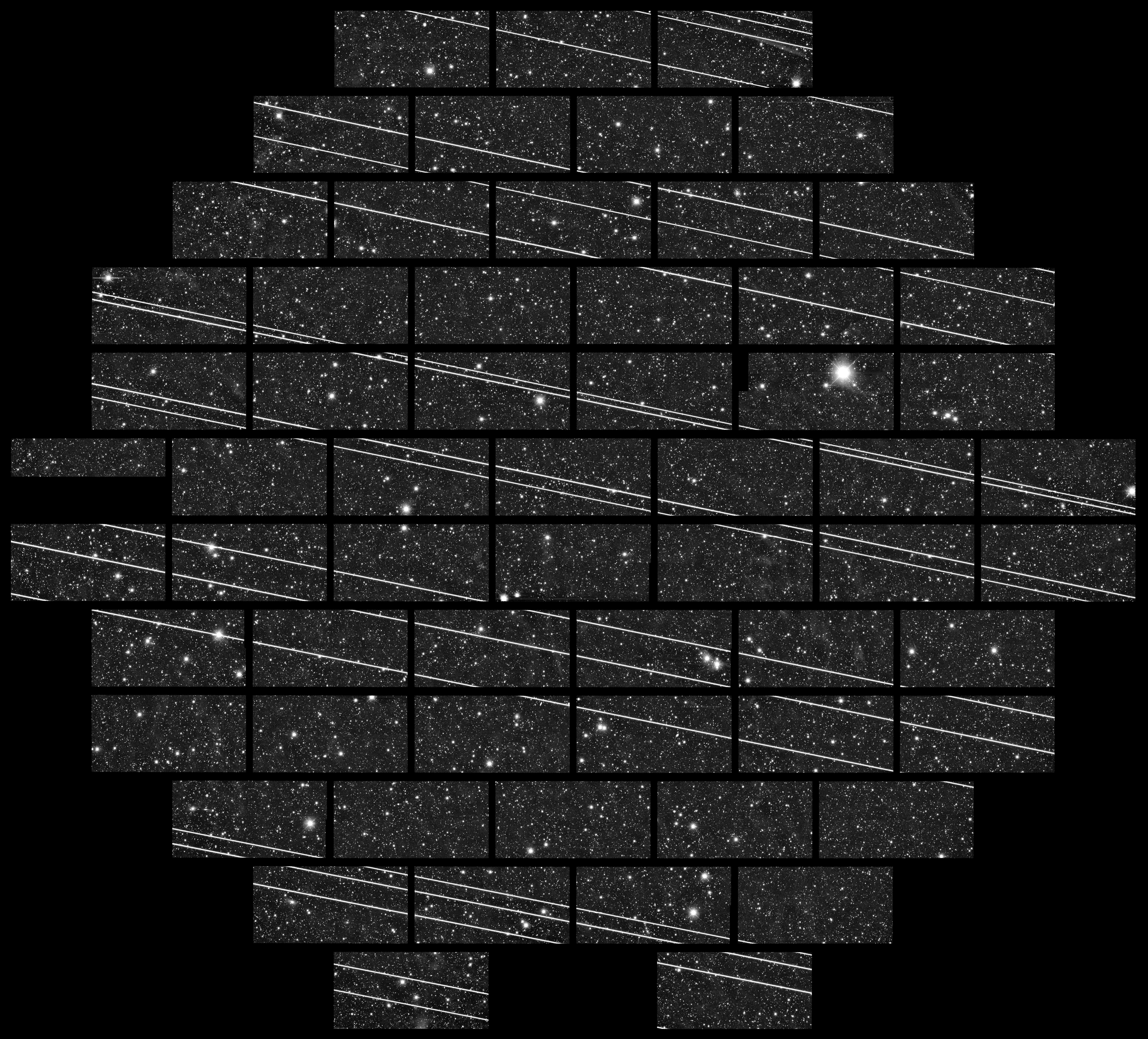California can help meet its climate goals by removing SERP’s sunset date
By Molly Bruce, Dave Smith, Michael Kiparsky, Derek Hitchcock, Peter Van De Burgt, Sydney Chamberlin, Megan Cleveland
Many regulatory clearances like permits aim to guard against projects that pose harm to the environment. However, permitting can also undercut environmental restoration efforts. While restoration is designed to remedy environmental harms and improve resilience to climate change, permitting can substantially increase project costs and slow or altogether impede environmentally beneficial projects. Striking an effective balance between an appropriate level of regulatory oversight and advancing environmental restoration will be essential to California’s climate efforts. For the past five years, the state’s pilot Statutory Exemption for Restoration Projects (SERP) has helped strike this balance to great effect. By removing SERP’s sunset date, California can support continued progress toward its conservation and restoration goals without introducing environmental risks that California Environmental Quality Act (CEQA) helps guard against.
Permits and clearances add time and expense to restoration project rollout. To mitigate this concern, California Natural Resources Agency (CNRA) initiated its Cutting Green Tape initiative, a statewide effort to reduce costs and increase the pace and scale of conservation and restoration throughout the state. Executive Order N-82-20 prompted California’s 30X30 commitment to conserve 30% of the state’s land and coastal waters by 2030 and spurred the development of state strategies around nature-based solutions that also support vital habitat and climate resilience. Together with Senate Bill 155, these statewide initiatives precipitated the CA Department of Fish and Wildlife (CDFW) to develop SERP in order to accelerate the pace and scale of restoration by exempting certain projects from CEQA. SERP does not circumvent rigorous environmental review and permitting; rather, it eases the compliance pathway for eligible and environmentally beneficial restoration projects. The recently passed state budget delays SERP’s sunset date until January 1, 2030. However, removal of this sunset date altogether can further accelerate the pace and scale of restoration.
SERP provides a CEQA exemption for qualifying projects––“projects that conserve, restore, protect, or enhance, and assist in the recovery of California native fish and wildlife, and habitat upon which they depend or that restore or provide habitat for California native fish and wildlife.” Qualifying projects must “result in long-term net benefits to climate resiliency, biodiversity, and sensitive species recovery” and include ongoing management procedures. Crucially, projects that include some component of construction do not qualify for SERP unless construction is related solely to habitat restoration. Where a project’s CEQA lead agency believes the project qualifies for SERP, CDFW must concur for the exemption to be in effect.
SERP highlights a tension that exists within the permitting landscape––a tension between the risks that permitting guards against and the costs it imposes. This tension is particularly pernicious for environmentally beneficial projects like restoration and climate adaptation. Although these projects address the same environmental and climate concerns that environmental permits seek to prevent, they nonetheless get caught in these permits’ crosshairs. For that matter, “environmentally beneficial” is a fluid and debatable concept, with particular benefits often imposing other environmental costs. This produces differing opinions on what is “environmentally beneficial.” For example, some coastal restoration projects create short-term impacts to existing, often degraded habitat but create healthier, more resilient habitat in the long run.
For these reasons and others, SERP was implemented on a trial basis to explore the possibility of reducing CEQA’s burdens for restoration projects without deteriorating regulatory oversight or introducing risk that projects will use SERP to circumvent environmental review. During this trial period, 53 projects have used SERP to contribute more than 22,000 acres and 110 waterway miles to the state’s 30X30 conservation commitment.
The Nature Conservancy (TNC) plays an active role in 5 of these 53 projects, contributing to regionally significant salmonid recovery, critical coastal habitat restoration, public access for underserved communities, wetland restoration, greenhouse gas sequestration, and subsidence reduction. Across all five projects, application of SERP contributed significantly to improved project implementation efficiency, resulting in saved time and money that can be repurposed to scale future efforts to meet larger goals.
| The first SERP approval, Garcia River Estuary restores and enhances habitat for juvenile coho Chinook salmon and steelhead using floodplain reconnection and engineered log jams. In this view from Stometta Ranch, the Garcia River joins the Pacific Ocean.
|
Staten Island restores nearly 750 acres of seasonal and semi-permanent wetlands in the Sacramento-San Joaquin Delta to enhance habitat for native wildlife, including water fowl and sandhill cranes that rely on Staten Island’s rich farmland.

|
| Ormond Beach restores ecosystem and hydrologic function across 650 acres through plant replacement and groundwater recharge, thereby benefitting wetland, salt marsh, dune, and upland habitat.
|
Santa Clara River repairs hydraulic function and improves habitat connectivity across 8,500 acres and >30 stream miles through invasive plant removal, native plant revegetation, and wetland enhancement.
|
Restoration project proponents expressed a reluctance to utilize SERP for projects with lengthy implementation timelines likely to extend beyond the original January 1, 2025 sunset date. They cited a fear that the exemption would expire while projects were still acquiring permits, funding, and other regulatory clearances implicitly reliant on CEQA compliance. Projects that have to return to the CEQA drawing board would encounter substantial expense and delay. Although SERP’s sunset date was delayed by five years, we expect similar concern about the CEQA compliance vehicle’s uncertainty and risk as 2030 approaches––concerns CDFW does not assuage.
Furthermore, restoration proponents and agency officials need time to learn about, become familiar with, and grow comfortable using streamlining mechanisms, meaning these mechanisms take time to become most effective. Long-term, stable application is an important factor for encouraging their use.
California’s 2024-25 budget, passed by the legislature on June 26 and signed by the Governor on June 29, incorporates Senate Bill 174, a trailer bill that extends SERP’s sunset date until January 1, 2030. Extension of SERP’s sunset date represents an important first step toward acknowledging SERP’s important role within the complicated permitting puzzle that restoration proponents confront. However, removing SERP’s sunset date can increase its recognition as a reliable CEQA compliance vehicle, thereby advancing project proponents’ understanding of SERP and contributing to its wider use. Removing SERP’s sunset date can help further increase the pace and scale of restoration in California and support the state’s efforts to meet its 30X30 climate commitments.
Reader Comments
One Reply to “California can help meet its climate goals by removing SERP’s sunset date”
Comments are closed.









Sometimes it seems to me that outstanding legislation is passed with a sunset date, giving the impression that it is barely tolerated and will be ended as soon as possible and possibly when people are paying less attention. The ending of the Fairness Doctrine when Reagan did not renew it was and still is a disaster for our country.
I urge you to support SB 174 but also please eliminate the sunset date entirely.